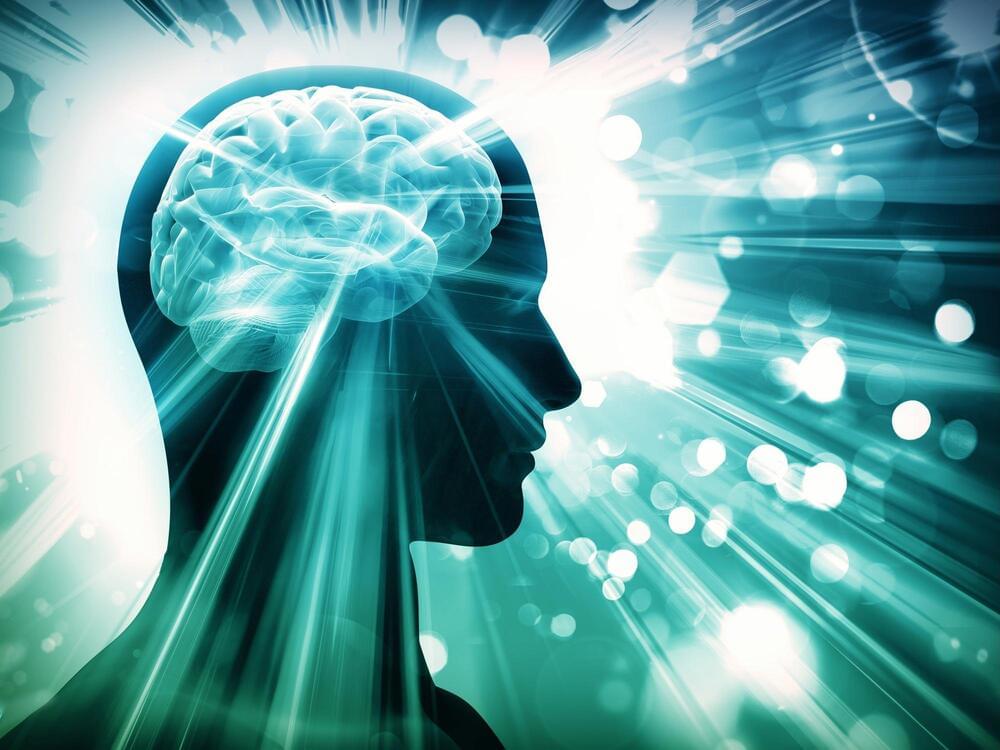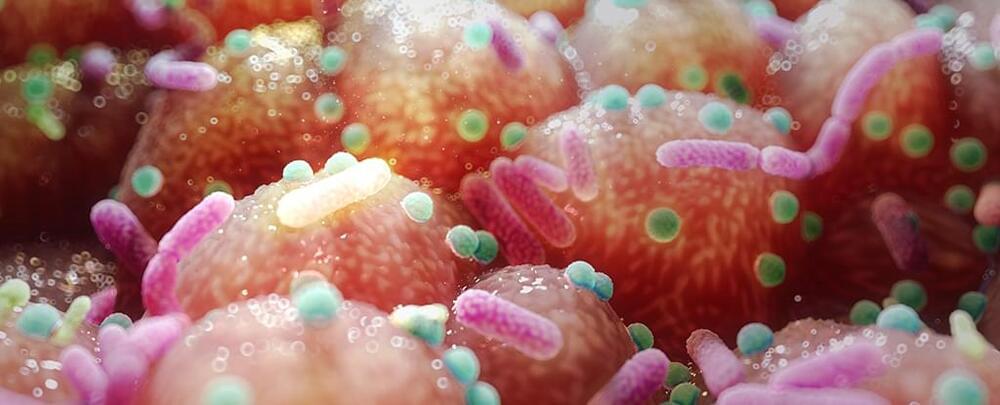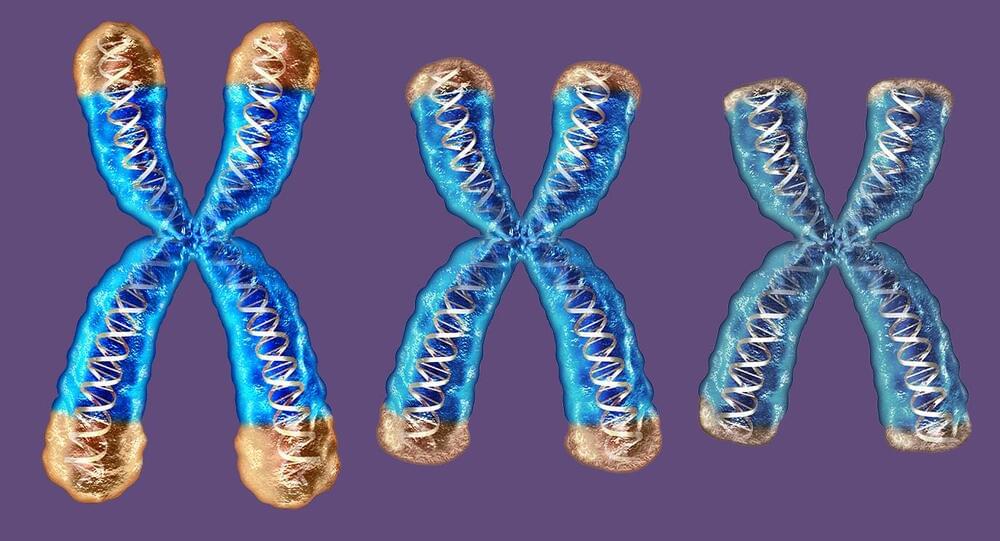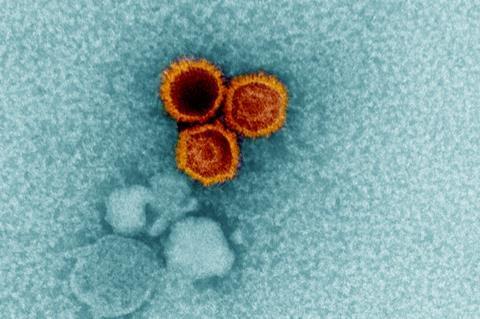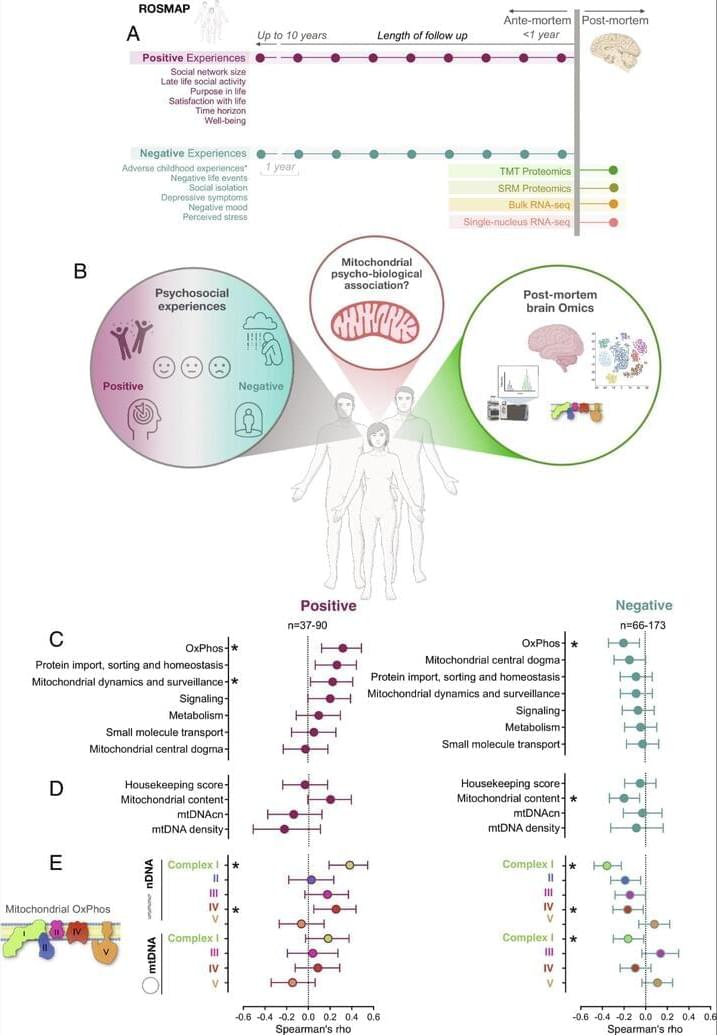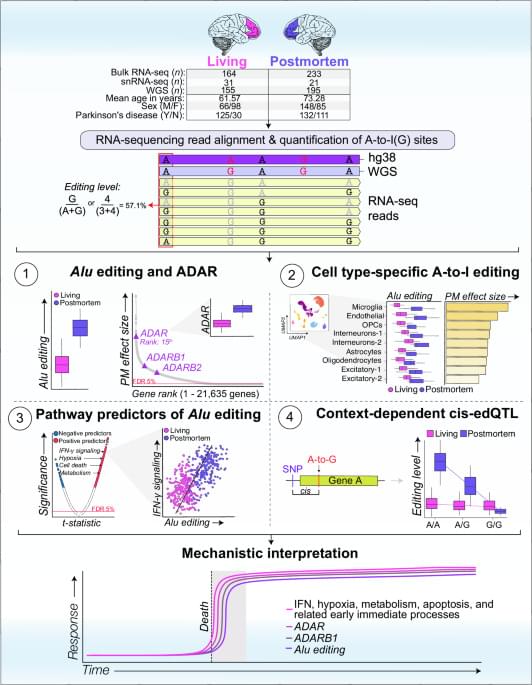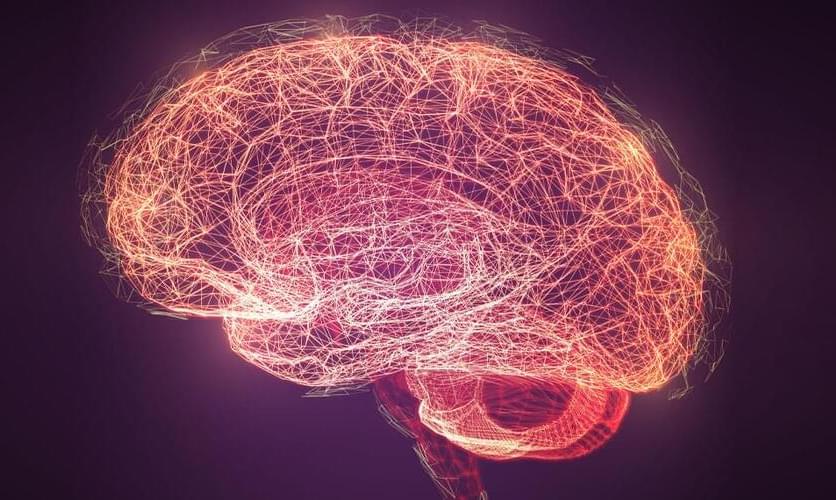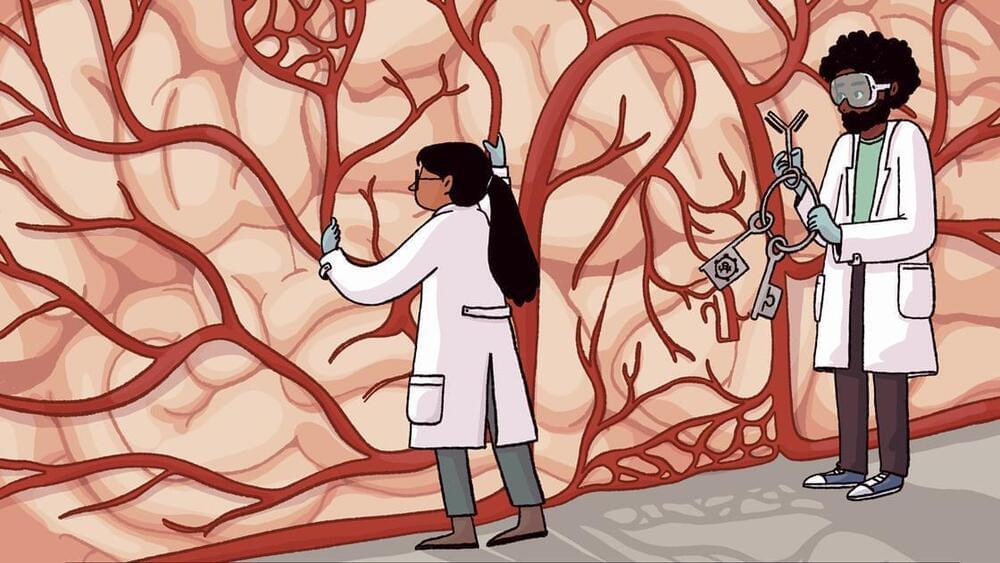Researchers found that inhibiting the degradation of vitamin B6 in cells using 7,8-Dihydroxyflavone enhances brain functions and could offer a new treatment method for mental and neurodegenerative disorders.
Vitamin B6 plays a crucial role in brain metabolism. Consequently, low levels of vitamin B6 are linked to memory and learning impairments, depressive moods, and clinical depression in various mental disorders. In the elderly, insufficient vitamin B6 is associated with memory decline and dementia.
Although some of these observations were made decades ago, the exact role of vitamin B6 in mental illness is still largely unclear. What is clear, however, is that an increased intake of vitamin B6 alone, for example in the form of dietary supplements, is insufficient to prevent or treat disorders of brain function.
